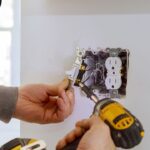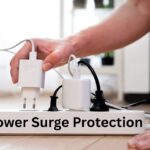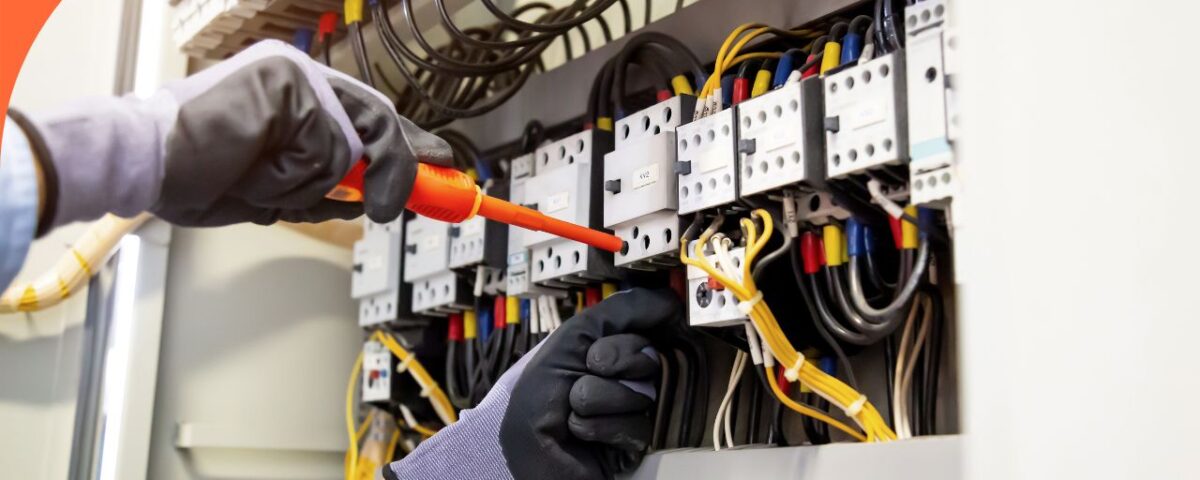
Step-by-Step Guide to Replacing Outdated Electrical Outlets
May 16, 2025
Power Surge Protection: Safeguarding Your Valuable Electronics and Appliances
May 30, 2025Electricity is a modern necessity, powering our lights, appliances, and digital devices—but for families with young children, it can also pose serious risks if not properly managed. Toddlers are naturally curious, and even a split second of unsupervised exploration can lead to contact with an electrical hazard.
Creating an Electrical Safety Plan is essential for every household with young children. It’s not just about child-proofing outlets—it’s about developing a comprehensive approach that includes awareness, preventive measures, regular maintenance, and age-appropriate education.
According to Tyson Orth Wollongong, an experienced electrical businessman and managing director of Nexa Electrical Solutions, “Many families underestimate just how easily children can find and interact with electrical sources. Creating an Electrical Safety Plan gives parents peace of mind and helps prevent accidents before they happen.”
This article offers a step-by-step guide for developing a thorough and practical safety plan to protect your family.
Why a Safety Plan Matters
Each year, thousands of children are treated for electric shock and burn injuries due to preventable accidents in the home. Common causes include:
- Tampering with power outlets
- Chewing on appliance cords
- Sticking objects into devices or sockets
- Playing near exposed wiring or power strips
These dangers can be dramatically reduced with a home-wide safety strategy.
Step 1: Identify Electrical Hazards
Begin by walking through your home and identifying all potential electrical hazards from a child’s perspective. Areas to focus on include:
- Outlets at floor level
- Power strips and surge protectors
- Dangling or frayed cords
- Appliances that heat up (heaters, toasters, hair dryers)
- Loose or exposed wires
- Charging stations and phone cables
Make a checklist so you can methodically address each issue.
Step 2: Secure Outlets and Power Access Points
One of the most common and effective child-proofing tools is the outlet cover. Choose from several varieties:
- Plug-in outlet caps: Cheap and simple but can be removed by older toddlers.
- Sliding plate covers: Replace standard faceplates and automatically cover unused outlets.
- Box covers for power strips: Prevent access to switches and plugs.
According to Tyson Orth Wollongong, “Modern tamper-resistant outlets are an excellent long-term solution. They’re designed with built-in barriers that prevent anything but a proper plug from being inserted.”
These are now required by building codes in many new homes and are worth retrofitting if you live in an older house.
Step 3: Manage and Conceal Cords
Cords are both a tripping hazard and a tempting target for little hands and mouths. Use the following strategies:
- Use cord shorteners or winders to reduce slack
- Install cord concealers or raceways along walls
- Mount TVs and electronics out of reach
- Choose cordless alternatives when possible
For high-traffic areas, avoid running cords under rugs, where they can wear down unnoticed or cause overheating.
Step 4: Upgrade Electrical Infrastructure
If your home is older or you’re experiencing frequent blown fuses or tripped breakers, it’s time for a professional inspection. Key upgrades to consider include:
- GFCI outlets in bathrooms, kitchens, and outdoor spaces to prevent shock
- AFCI breakers to detect and stop arc faults, which can lead to fires
- Smart plugs or switches that allow remote control and scheduling
Incorporating these improvements as part of Creating an Electrical Safety Plan ensures your home is not only child-safe but also future-ready.
Step 5: Develop Safe Habits and Family Rules
Children need to learn the importance of electrical safety from a young age. Use age-appropriate language and visuals to teach them:
- Never touch outlets or plugs without a parent
- Stay away from cords and appliances when wet
- Alert an adult if something smells hot or looks damaged
Reinforce safety rules consistently, and lead by example. Avoid overloading outlets, unplug appliances when not in use, and never yank cords from the wall.
Make your safety plan a living document that evolves as your children grow and your home changes.
Step 6: Regular Safety Checks
Set a reminder to do a safety check every three to six months. Look for:
- Cracked outlets or switch plates
- Heat marks or strange smells
- Loose plugs or flickering lights
- Damaged or frayed cords
- Overloaded power boards
Keep emergency contact numbers visible, and teach older children how and when to dial emergency services.
“Routine inspections are a vital part of Creating an Electrical Safety Plan,” says Tyson Orth Wollongong. “You don’t want to wait until something goes wrong to notice a hazard.”
Additional Tips for Enhanced Safety
- Use night lights with motion sensors to safely guide children in the dark without overloading outlets.
- Avoid using extension cords as permanent solutions.
- Label circuit breakers for quick identification.
- Don’t leave appliances like irons, curling irons, or toasters plugged in and unattended.
- Secure major appliances (like fridges and washing machines) to prevent tipping and hide outlets behind them.
Including Your Children in the Process
Even young kids can be involved in the safety plan. Let them help you “inspect” rooms using a checklist or picture chart. Turn the process into a game to help reinforce positive habits.
As they grow, teach them more about the home’s electrical system in an age-appropriate way. This fosters a sense of responsibility and builds lifelong safety awareness.
Creating an Electrical Safety Plan is more than a weekend project—it’s a proactive, ongoing commitment to your family’s well-being. It combines practical modifications, smart technologies, education, and routine maintenance to ensure your home is as safe as it is functional.
With proper planning and the right guidance, parents can feel confident that they’re doing everything possible to protect their children from electrical risks.
As Tyson Orth Wollongong wisely puts it, “Safety starts with awareness, but it’s sustained by action. Creating an Electrical Safety Plan gives your family the foundation for a safer, smarter home.”

